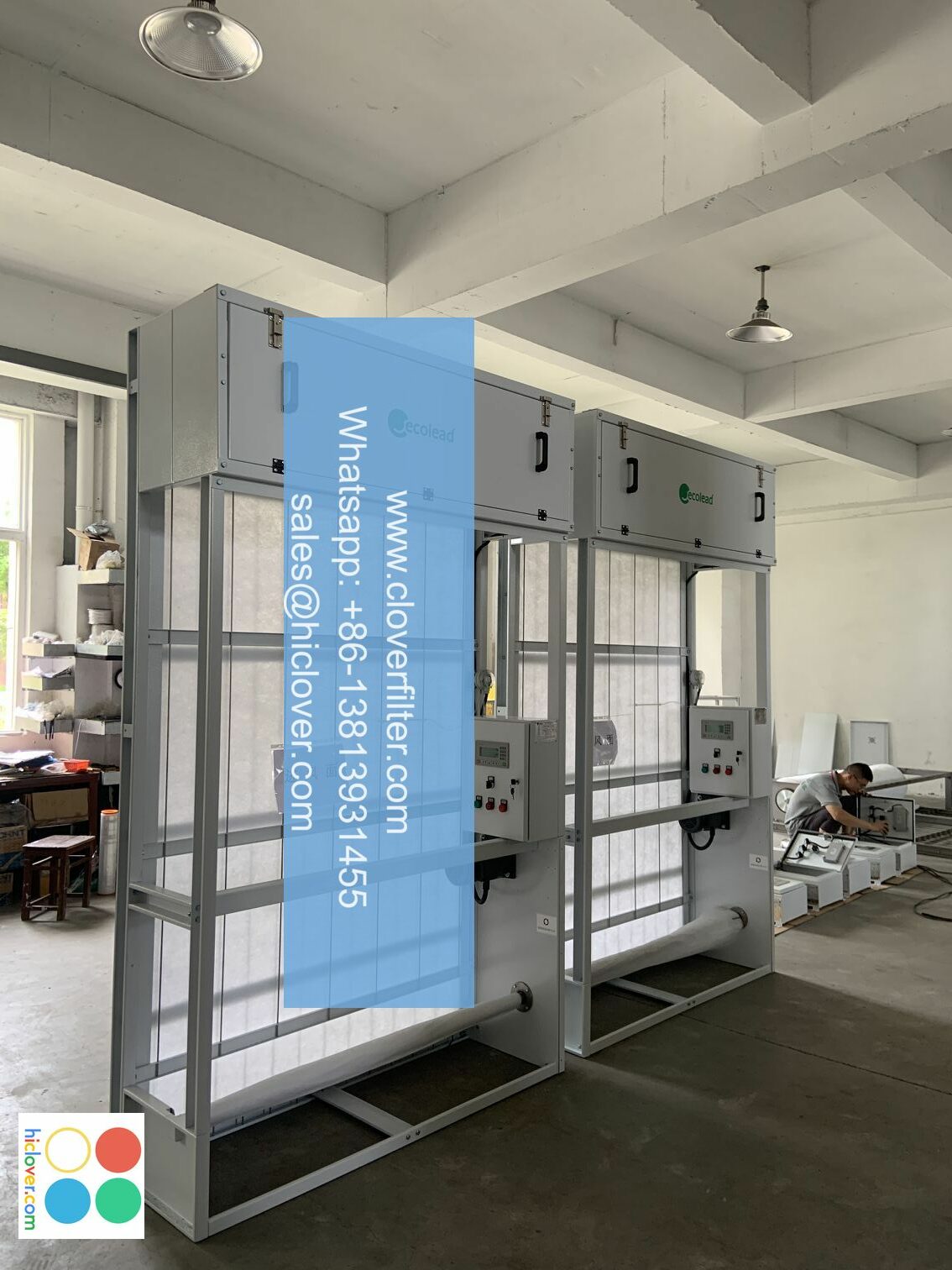Understanding Air Filter Standards: What You Need to Know

Understanding Air Filter Standards: What You Need to Know
Air filters play a crucial role in maintaining good indoor air quality by removing pollutants, allergens, and other contaminants from the air. With so many options available, it can be challenging to determine which air filter is suitable for your specific needs. In this article, we’ll delve into the world of air filter standards, exploring the different types, standards, and applications to help you make an informed decision.
Air Filter Types
Air filters come in various forms, including:
1. Fiberglass filters
These inexpensive filters are effective against large particles, such as dust, lint, and pet hair. However, they are not as effective against smaller particles, like smoke and pollen.
2. Pleated filters
These filters have a pleated design, increasing their surface area and allowing for better filtration. They are more effective against smaller particles, like smoke and pollen, but may require more frequent replacement.
3. HEPA filters
High-Efficiency Particulate Air (HEPA) filters capture 99.97% of particles as small as 0.3 microns, including dust, smoke, and pollen. They are commonly used in households and offices.
Air Filter Standards
Several organizations and regulatory bodies have established standards for air filters, including:
1. MERV (Minimum Efficiency Reporting Value)
MERV is a standard set by the American Society of Heating, Refrigerating, and Air-Conditioning Engineers (ASHRAE) to measure air filter efficiency. MERV 1-4 filters capture the largest particles, while MERV 5-16 filters capture smaller particles.
2. FPR (Filter Performance Rating)
The Filter Performance Rating (FPR) system, established by the International Air-Conditioning, Heating, Refrigerating Expositions (AHRI), evaluates air filter performance based on their ability to capture particles between 0.3 and 10 microns.
3. ASHRAE (American Society of Heating, Refrigerating, and Air-Conditioning Engineers)
ASHRAE’s standard 52.2 sets requirements for residential and commercial air filters, including minimum performance requirements and labeling requirements.
Applications
1. Residential use
For household applications, MERV 8-11 filters are often recommended, providing a good balance between efficiency and cost.
2. Commercial use
In offices and commercial spaces, MERV 11-16 filters are commonly used to capture finer particles and maintain better indoor air quality.
3. Industrial use
Industrial settings, such as laboratories, hospitals, and pharmaceutical facilities, often require HEPA-grade filters to ensure the highest level of air quality.
Conclusion
Choosing the right air filter is crucial for maintaining good indoor air quality. By understanding the different types, standards, and applications of air filters, you can make an informed decision for your specific needs. Remember to consider factors such as particle size, filter efficiency, and replacement frequency to ensure you’re breathing clean, healthy air.
Key Takeaways:
- Understand the different types of air filters (fiberglass, pleated, HEPA)
- Familiarize yourself with air filter standards (MERV, FPR, ASHRAE)
- Choose the right air filter for your specific application (residential, commercial, industrial)
- Consider factors such as particle size, filter efficiency, and replacement frequency
By understanding air filter standards, you can take control of your indoor air quality and improve your health and well-being.
I’m here to help! What would you like to talk about or do? I can assist you with:
1. Generating creative ideas
2. Answering questions on various topics
3. Writing prompts for stories, poems, or essays
4. Language translation
5. Text summarization
6. Conversation and role-playing
7. Jokes and humor
What’s on your mind?


